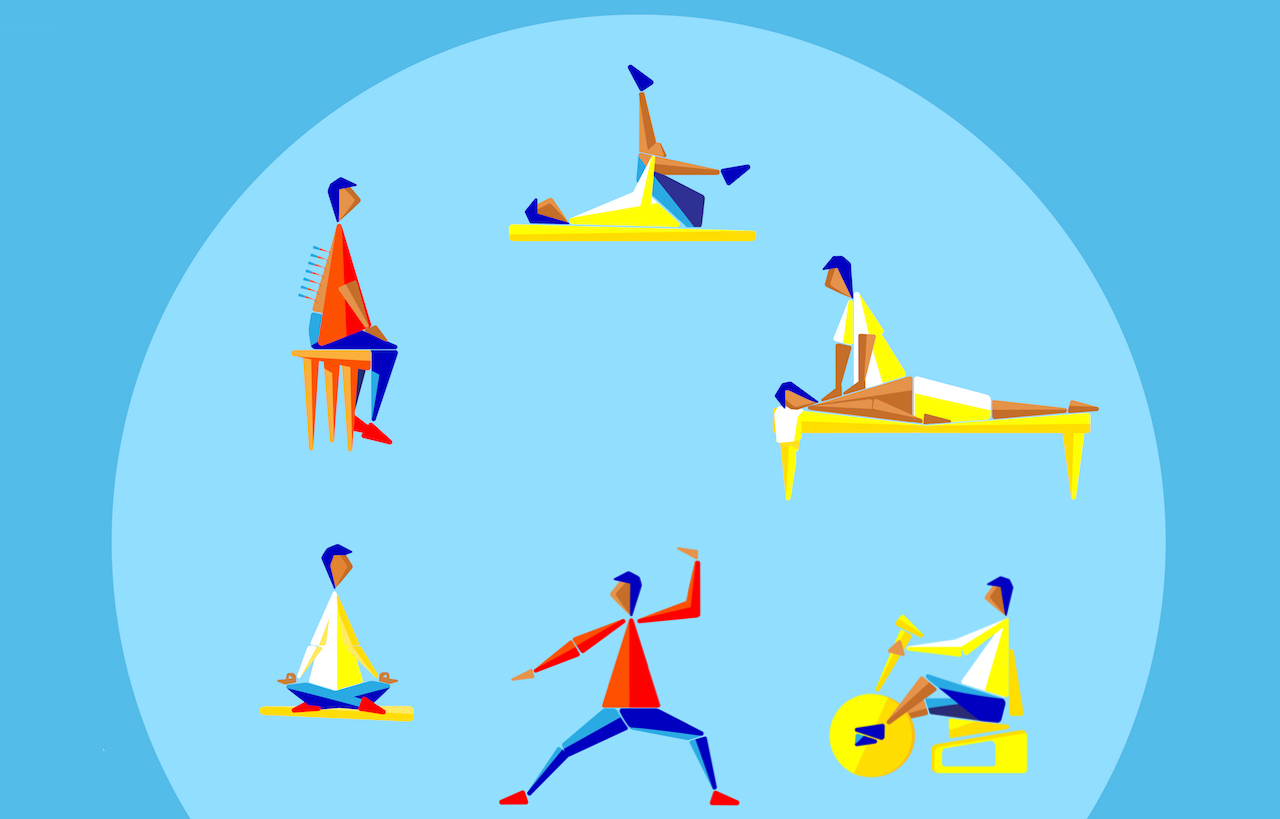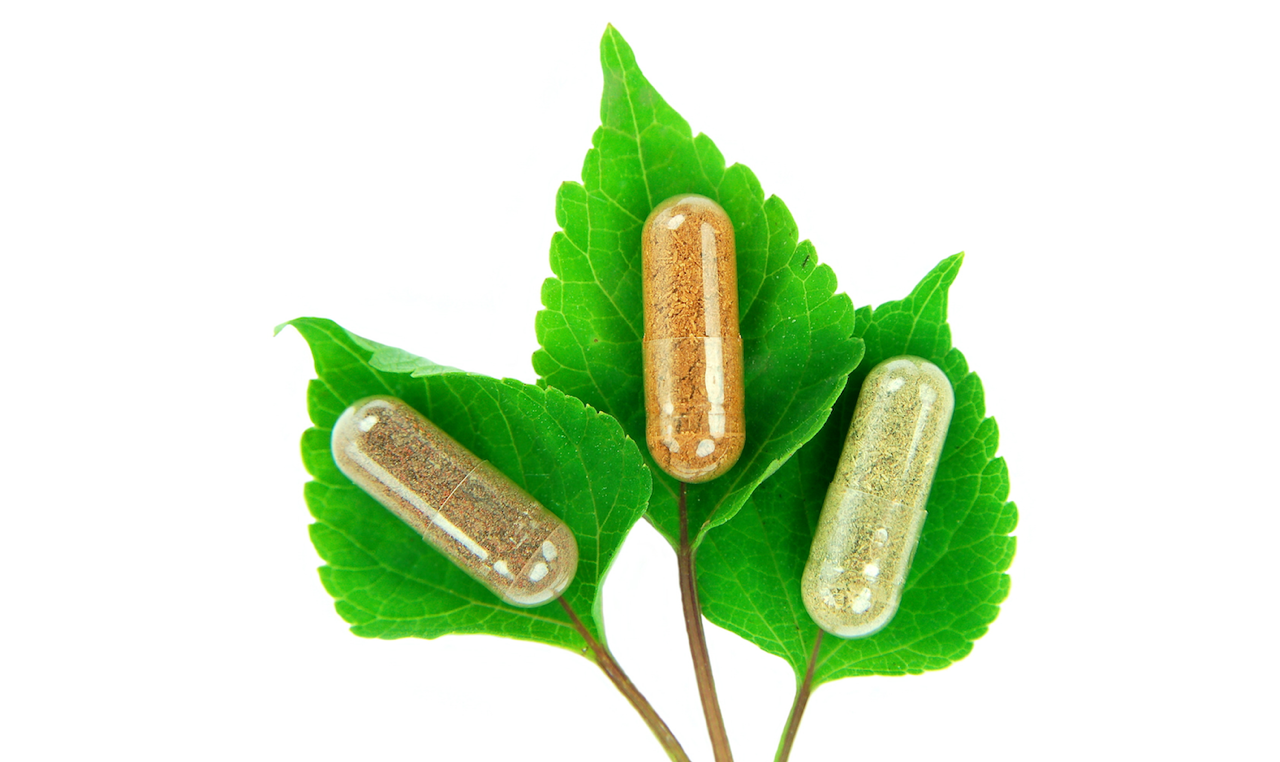Fibromyalgia is a disorder that causes pain, tenderness, and fatigue in the muscles of specific parts of the body. It usually affects the neck, shoulders, back, hips, arms, and legs. You experience pain whenever someone puts pressure on these areas.
Common symptoms include:
- Tender and painful joints.
- Sleep problems.
- Fatigue.
- Numbness or tingling in the hands, feet, legs and arms.
- Body stiffness.
- Anxiety or depression.
- Headaches.
- Irritable bowel syndrome (IBS).
Doctors and researchers don’t fully understand what causes fibromyalgia. Those most affected by the condition are middle-aged men and women, and those with a history of rheumatoid arthritis.
Although there isn’t a cure for fibromyalgia, there are ways to manage it using specific lifestyle changes, natural remedies and certain medications.
Try to:
Wind down
Like most things, feeling stressed out can make you feel worse, so it’s important to manage your stress levels. Get to a good mental state with stress-busting techniques. Start writing in a journal to let go of your thoughts and feelings in a healthy way. Round up some friends and join a relaxing yoga class or go jogging. You could also join a fibromyalgia support group. Being around those who can relate to your condition can make you feel good and less alone.
Catch regular Zs
Sleep is vital for everyone, but particularly those with conditions like fibromyalgia. The condition can make you feel drained, so a good night’s rest each night will help combat fatigue. To ensure you’ll have proper sleep you should:
- Avoid napping during the day.
- Limit light and noise before bed.
- Leave two to three hours between eating a heavy meal and going to bed.
- Avoid using screens (phones and laptops) before bed.
- Don’t drink alcohol and caffeine before bed.
Move more
If you have fibromyalgia, you may avoid exercise if you often experience pain with movement. At first, exercising may be difficult, but over time, it will get easier and you’ll reap the health benefits. It becomes easier because exercise provides a natural anti-inflammatory effect, as well as strengthening up muscles. Talk to your doctor before trying any new workouts, but swimming, walking and cycling are good choices.. What’s more is that these kinds of exercise can help reduce pain, stiffness and fatigue.
Try acupuncture
Acupuncture therapy works by lowering your anxiety, pain and fatigue levels. Many people with fibromyalgia find relief with this technique.
Have a massage
A massage can help with the constant pain you feel with fibromyalgia. According to researchers from the Touch Institute at the University of Miami School of Medicine, massage therapy can improve sleep, lower joint pain and keep stress hormones at bay. Book an appointment for a massage to help you cope with any pain. Why not have a couple’s massage with a loved one so it can be a fun, relaxing activity?
Talk to your doctor
If home remedies aren’t helping to ease and manage your symptoms, talk to your doctor. He may prescribe certain medication. Common medications are muscle relaxants, fatigue medication and painkillers. Don’t try any medication or home remedy unless your doctor gives the go-ahead or prescribes it to you.



